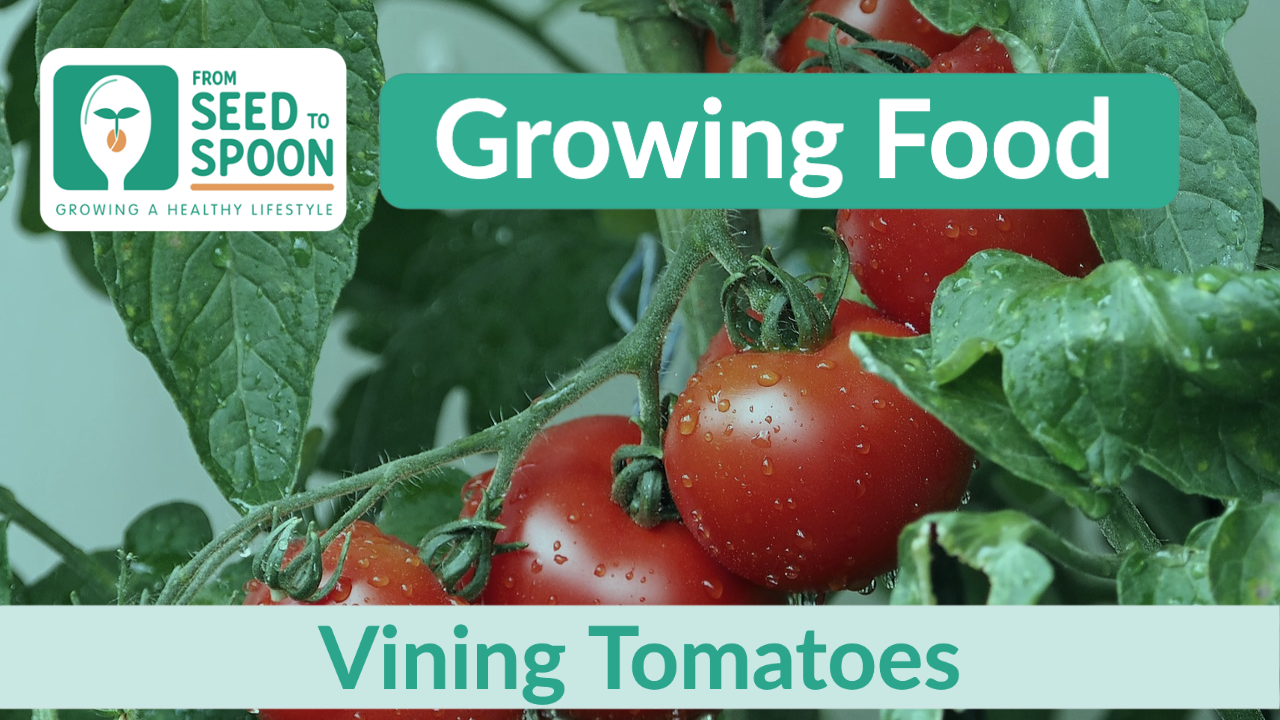Okra and Tomatoes: Health Benefits, Gardening Tips, and Nutritional Insights
Okra, also known as Abelmoschus esculentus, has roots tracing back to Ethiopia. Ancient traders spread it across North Africa, the Middle East, and India. By the 17th century, okra reached the Americas through the transatlantic slave trade. It’s now widely used in Southern, Creole, and Cajun cuisines, featuring prominently in dishes like gumbo.
Historical Background of Tomatoes
Tomatoes, or Solanum lycopersicum, originated in the Andean region of South America. The Aztecs and Incas domesticated them by the 8th century. Spanish explorers introduced tomatoes to Europe in the 16th century. Initially considered ornamental, they became culinary staples in Mediterranean and European cuisines by the 18th century. Tomatoes arrived in North America by the early 18th century and are now integral to diverse culinary traditions globally.
Nutritional Benefits of Okra and Tomatoes
Nutritional Content of Okra
Okra offers a rich array of nutrients essential for your health. Each 100 grams of okra contains about 33 calories, making it a low-calorie option for weight management. It provides 3.2 grams of dietary fiber, aiding in digestion and promoting gut health. Okra is rich in vitamins, including vitamin A (36 µg) known for supporting vision, and vitamin C (23 mg) which boosts immunity. Additionally, it supplies folate (60 µg), important for cell growth, and vitamin K (31.3 µg), crucial for blood clotting. Minerals such as calcium (82 mg), magnesium (57 mg), and potassium (299 mg) further contribute to its nutritional value, supporting bone health and heart functions.
Nutritional Content of Tomatoes
Tomatoes are packed with vital nutrients that benefit your body. Each 100 grams of tomatoes contains about 18 calories, making them another low-calorie food suitable for various diets. They are a significant source of antioxidants like lycopene (3.0-7.7 mg per 100 g), which has been linked to reduced risks of chronic diseases. Tomatoes provide 0.9 grams of dietary fiber, 833 IU of vitamin A for eye health, and 13.7 mg of vitamin C for skin and immune health. They also offer a range of vitamins such as vitamin K (7.9 µg) and B vitamins, including folate (15 µg). In terms of minerals, tomatoes deliver potassium (237 mg) and magnesium (11 mg), both essential for cardiovascular well-being and muscle function.
Culinary Uses of Okra and Tomatoes
Common Dishes Featuring Okra and Tomatoes
Okra and tomatoes feature in numerous dishes worldwide, enhancing flavors and adding nutritional value. In Southern cuisine, you often find okra and tomatoes in dishes like gumbo and stewed okra with tomatoes. Both dishes combine the vegetables with spices, broth, and sometimes meat or seafood.
Mediterranean cuisines use tomatoes in salads, stews, and sauces, while blending with okra in recipes like okra stew, also known as bamia. Indian cuisine frequently includes both vegetables in curries and bhindi masala (okra curry), providing robust flavors from various spices. Middle Eastern recipes may feature okra and tomatoes in dishes like bamia with lamb, a hearty stew.
Cooking Tips for Okra and Tomatoes
Proper preparation of okra and tomatoes ensures optimal flavor and texture. When cooking okra, trim the ends and wash thoroughly to reduce the slimy texture. For frying okra, coat it in cornmeal or flour to enhance crispiness.
Select ripe, firm tomatoes for the best flavor. Tomatoes benefit from a quick blanch before peeling for sauces and stews. To maintain the acidity balance in dishes, be cautious when combining tomatoes with other acidic ingredients.
Incorporate fresh herbs like basil or parsley for added depth in tomato recipes. Salt okra lightly at the end of cooking to retain its texture. Utilize high heat and quick cooking methods to preserve nutrients in both vegetables.
Health Benefits of Okra and Tomatoes
How Okra Promotes Health
Okra, rich in dietary fiber, supports digestion and prevents constipation. Containing vitamins A and C, it boosts immune function and maintains healthy skin. Magnesium and calcium in okra contribute to bone health. Folate found in okra is essential for cell growth, particularly during pregnancy. The antioxidants in okra help reduce oxidative stress and inflammation, lowering the risk of chronic diseases.
How Tomatoes Enhance Well-Being
Tomatoes, packed with lycopene, reduce the risk of heart disease and certain cancers. High vitamin C content in tomatoes strengthens the immune system and promotes skin health. Potassium in tomatoes regulates blood pressure and reduces the risk of cardiovascular problems. Beta-carotene, converting to vitamin A, supports vision and immune function. Tomatoes contain fiber, aiding digestion and weight management.
Growing Okra and Tomatoes at Home
Best Practices for Cultivating Okra
Select a planting site that receives full sunlight for optimal okra growth. Ensure the soil is well-drained and rich in organic matter, as okra thrives in fertile conditions. Sow seeds directly into the garden after the last frost date, spacing them 12 to 18 inches apart in rows placed 3 feet apart. Lightly cover the seeds with 1 inch of fine soil.
Water okra plants consistently but avoid overwatering, which can cause root rot. Applying a layer of mulch around the plants can help retain soil moisture and regulate temperature. Harvest okra pods when they are 2 to 4 inches long, typically 50 to 65 days after planting. Regular harvesting encourages continuous production.
Best Practices for Cultivating Tomatoes
Choose a sunny location with at least 6 to 8 hours of direct sunlight a day for tomato plants. Tomatoes prefer slightly acidic soil with a pH level between 6.2 and 6.8. Start seeds indoors 6 to 8 weeks before the last frost date if living in a cooler climate, or plant transplants directly outdoors when the soil temperature reaches 60°F.
Space tomato plants 18 to 24 inches apart in rows positioned 36 inches apart, and provide support using stakes or cages to keep plants upright. Water tomatoes at the base to reduce the risk of fungal diseases, and mulch the soil to conserve moisture. Harvest tomatoes when they are fully colored, firm, and have a slight give when gently squeezed.
By following these best practices, you’ll ensure healthy and productive okra and tomato plants in your home garden.
Conclusion
Embracing the cultivation of okra and tomatoes in your home garden can be a rewarding endeavor. These nutrient-rich vegetables not only enhance your meals but also contribute significantly to your health. By adhering to best practices for planting and care, you’ll enjoy a bountiful harvest. Whether you’re a seasoned gardener or a beginner, growing okra and tomatoes can bring joy and satisfaction to your gardening experience. Dive into this journey and reap the benefits of fresh, homegrown produce.






